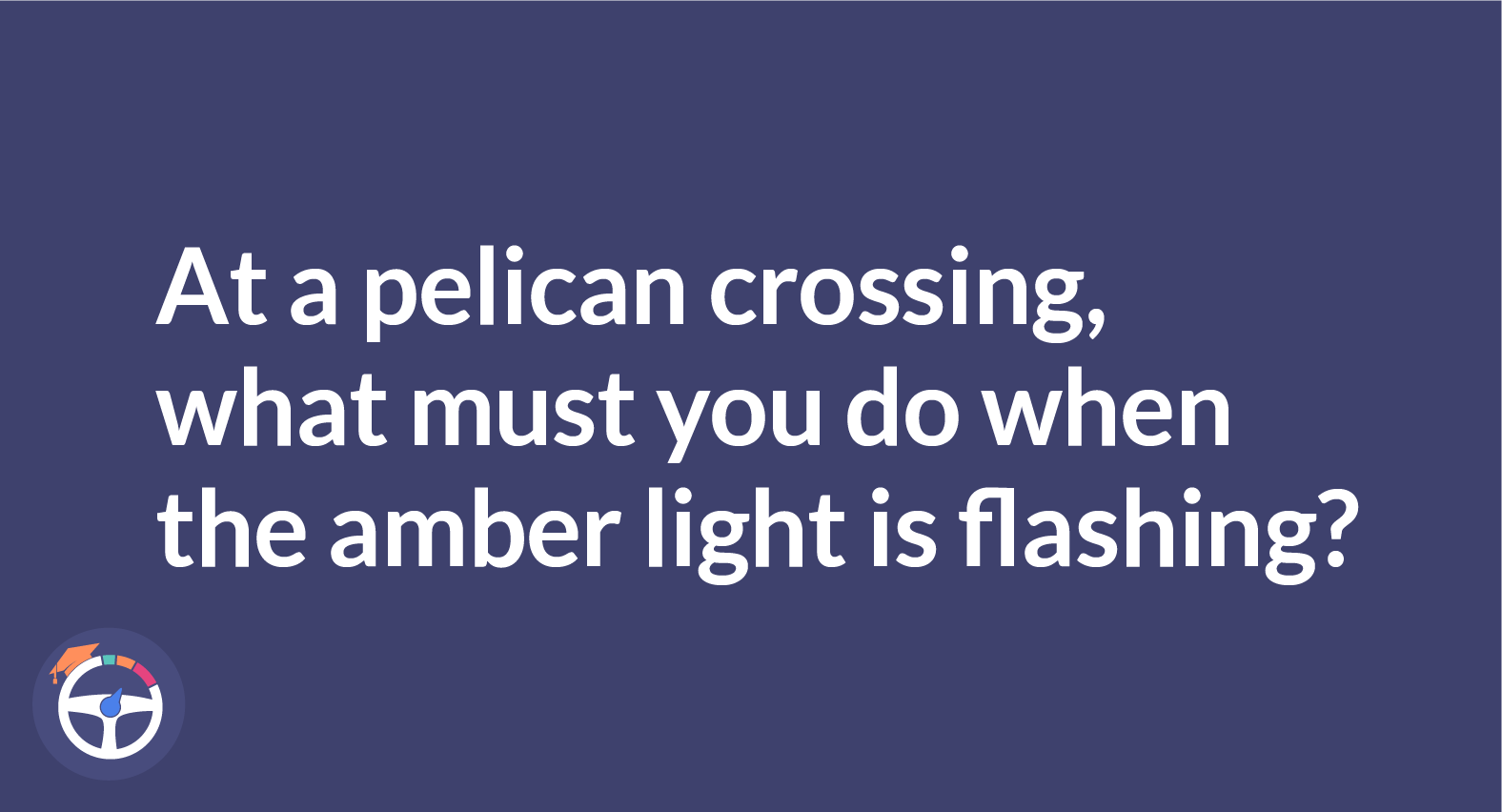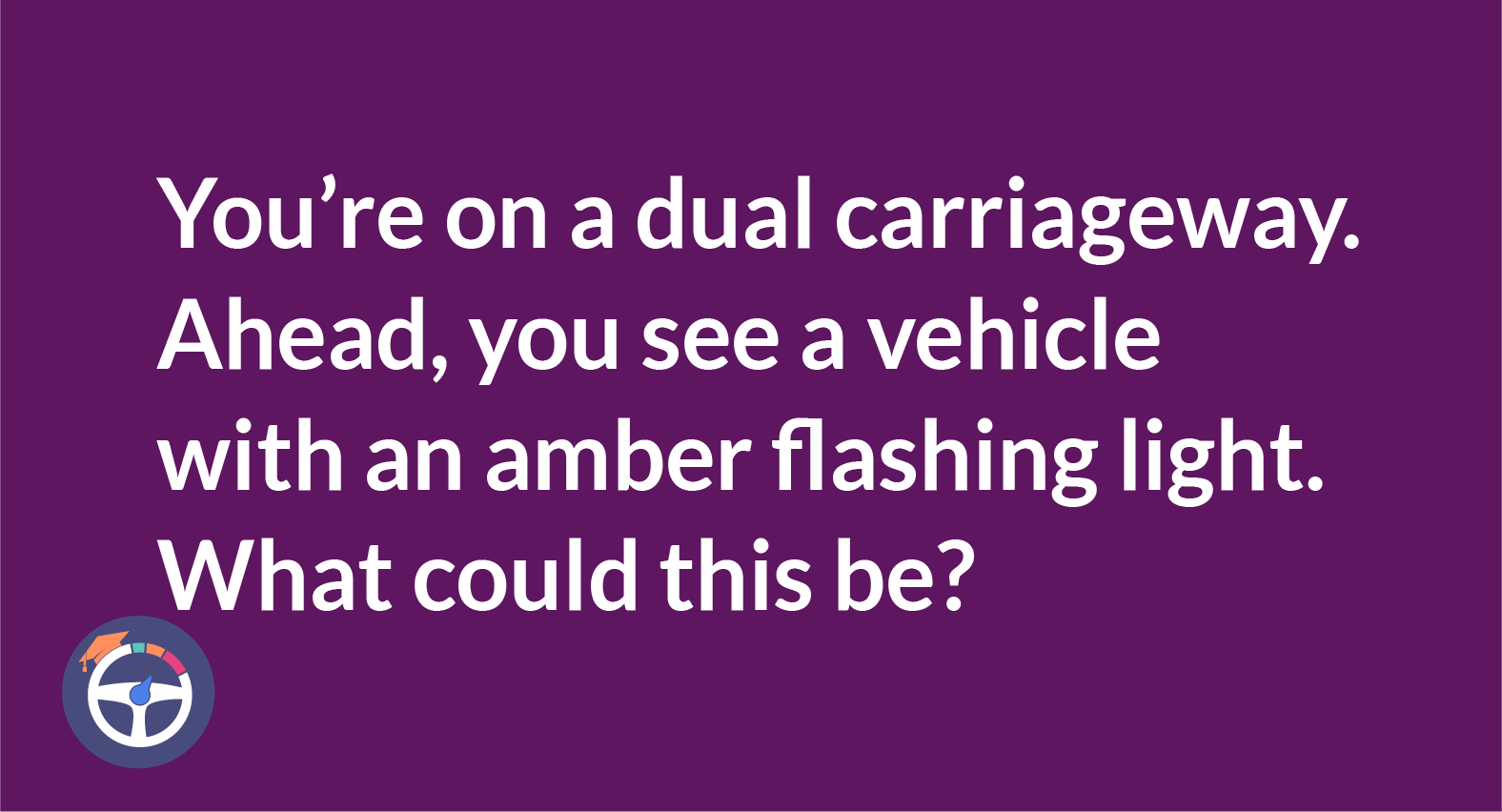What Should You Do When You're Approaching Traffic Lights That Have Red And Amber Showing Together?
By Umme Hani on Aug 13, 2024Contents
- What Should You Do When You're Approaching Traffic Lights That Have Red And Amber Showing Together?
- Red And Amber Showing Together: What Does It Mean?
- The Importance of Heeding the Warning: Safety First!
- So, What Do You Do When You See Red and Amber?
- Beyond the Basics: Understanding the Nuances
- FAQ
- What if I'm already in the intersection when the light turns red and amber?
- Is it ever okay to speed up to avoid a red and amber light?
- Are there any exceptions to stopping at a red and amber light?
- What if the amber light seems unusually long?
- What happens if I accidentally run a red and amber light?
Navigating the bustling world of traffic lights can be tricky, especially when you encounter red and amber. This comprehensive guide will shed light on this signal, ensuring you ace your theory test and become a confident, safe driver on the road.
Red And Amber Showing Together: What Does It Mean?
Unlike the red ("STOP!") and green ("GO!"), red and amber together seem to speak in riddles. The answer is simple: it's a warning signal. Imagine it as a friendly tap on the shoulder, reminding you that the light is about to change, and you need to prepare to stop.
The Importance of Heeding the Warning: Safety First!
You might get away with it initially if you ignore the red and amber light –but the consequences can be harsh. Here's why hitting the brakes is crucial:
Safety is Paramount: The amber light serves a vital purpose – it gives everyone ample time to slow down and adjust to the impending change. Rushing through this phase significantly increases the risk of accidents, putting yourself and others in danger. Remember, the road is not a race track, and responsible driving prioritizes everyone's well-being.
Respect the Law: Let's be honest, traffic laws are there for a reason, and red and amber together signifies a clear "STOP" command. Disobeying this signal is not only reckless but also illegal. Don't risk hefty fines, points deductions, or worse, a suspended license, for a momentary lapse in judgment.
Develop Good Habits: Treating red and amber as a true "STOP" instills a sense of discipline and respect for traffic rules. This translates into safer driving habits overall, making you a more responsible and confident motorist on the road.
So, What Do You Do When You See Red and Amber?
Now that we understand the significance, here's a step-by-step guide to navigating this traffic light combo like a pro:
Spot the Signal: As you approach the intersection, keep your eyes peeled for the traffic light. When you see the red and amber combination, it's time to switch gears (figuratively, of course!).
Slow Down Smoothly: Don't slam on the brakes, but gradually ease off the gas pedal. Remember, a smooth and controlled stop is key to avoiding unnecessary skids and ensuring your safety and that of others.
Come to a Complete Stop: This is the golden rule! Pull your vehicle to a complete stop behind the designated stop line. Don't inch forward, peek around, or try to "beat" the light. Remember, patience is a virtue, especially on the road.
Wait Patiently: The green light will appear soon enough. Use this time to double-check your surroundings, adjust your mirrors, and ensure you're fully prepared for the next phase of traffic flow.
Proceed with Caution: Once the light turns green, don't just hit the gas and zoom off. Take a moment to ensure there's no oncoming traffic, pedestrians crossing, or any other potential hazards before proceeding.
Bonus Tip: Remember, traffic situations can be unpredictable. Even with a green light, always maintain a safe following distance, be aware of your surroundings, and anticipate potential issues.
Beyond the Basics: Understanding the Nuances
While the core message remains the same, there might be slight variations in traffic light configurations and local regulations depending on your region. Always consult your official driving manual or theory test materials for specific details and exceptions.
Remember: Mastering traffic light etiquette is not just about passing a test; it's about becoming a responsible and safe driver. By understanding the meaning of red and amber, following the rules, and prioritizing safety, you'll be well on your way to conquering the roads with confidence and skill!
FAQs
1. What if I'm already in the intersection when the light turns red and amber?
If you're already safely within the intersection when the light changes, you can proceed with caution. And clear the intersection without stopping abruptly. However, if you can safely stop without causing danger to yourself or others, it's best to do so.
2. Is it ever okay to speed up to avoid a red and amber light?
Absolutely not! Speeding up to beat a red and amber light is extremely dangerous and illegal. It significantly reduces your reaction time and increases the risk of accidents. Remember, safety always comes first.
3. Are there any exceptions to stopping at a red and amber light?
In some rare cases, local regulations might allow right turns on red after stopping completely. However, this is not a universal rule. And it's crucial to check your local traffic laws and signage for specific details.
4. What if the amber light seems unusually long?
If the amber light appears longer than usual, it could be due to various factors. These factors include pedestrian crossings or heavy traffic flow. Don't assume you have more time to speed through – treat it as a standard amber light and proceed with caution.
5. What happens if I accidentally run a red and amber light?
Running a red and amber light is considered a traffic violation. It could result in fines, points deductions, or even a suspended license depending on the severity and local regulations. Always prioritize safe and responsible driving practices to avoid such consequences.


